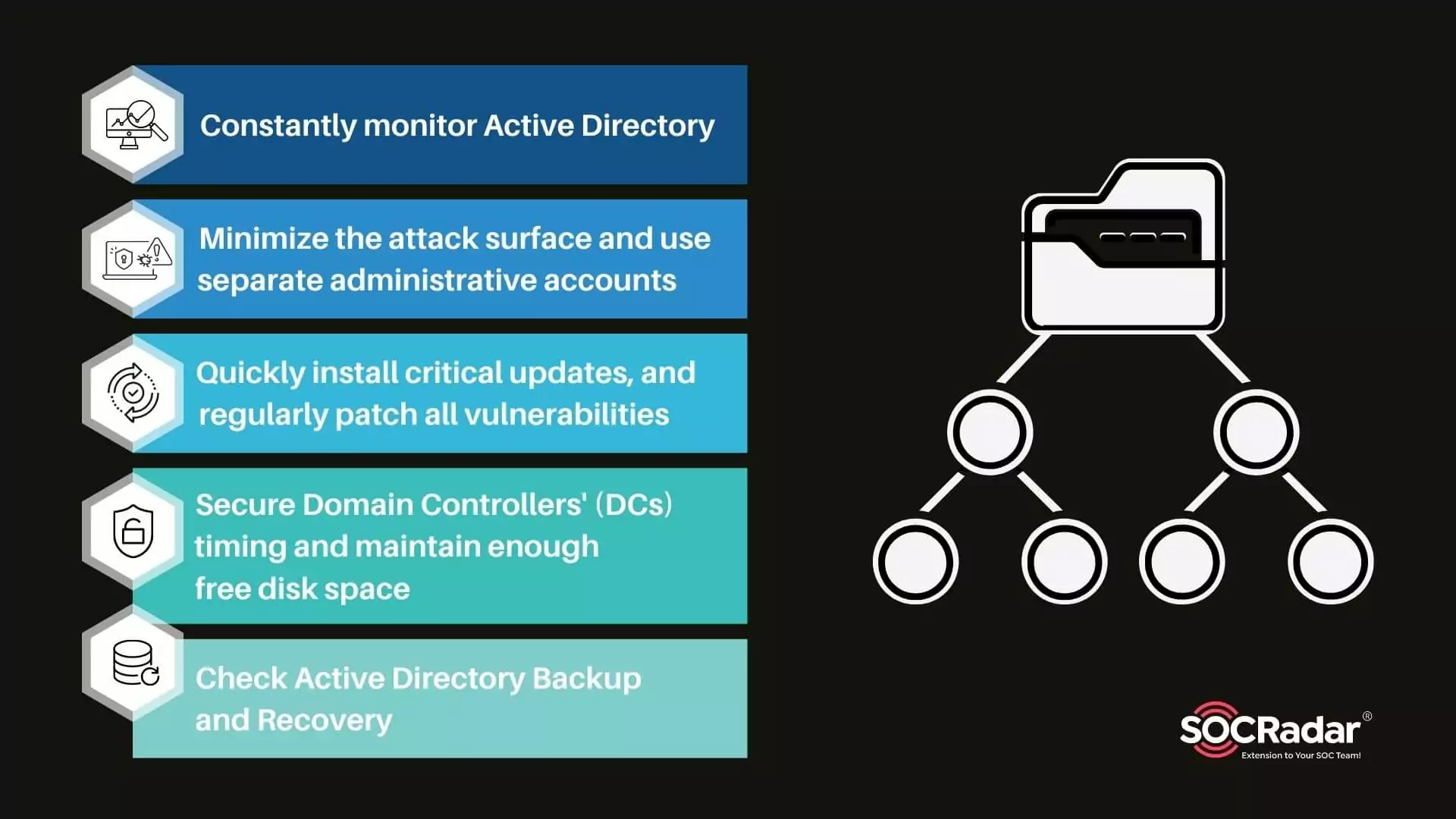Microsoft Defender AI Exposes Plaintext Credentials: A Wake-Up Call

Microsoft Defender AI is now capable of identifying plain text credentials within Active Directory. Strengthening your Active Directory security is crucial to prevent potential breaches and unauthorized access.
In the ever-evolving landscape of cybersecurity, new vulnerabilities are constantly emerging. Recently, Microsoft Defender AI unveiled a groundbreaking feature: the ability to detect plaintext credentials lurking within Active Directory (AD) environments. This isn't just another update; it's a wake-up call for organizations worldwide. But what does this mean for you, and why should you care?
The Silent Threat: Plaintext Credentials
Imagine leaving your house keys under the doormat. That's essentially what storing credentials in plaintext is like. Active Directory, the backbone of many organizations' network infrastructure, often contains free-text fields where administrators might inadvertently store usernames, passwords, or other sensitive information in an unencrypted format. While intended for flexibility and operational ease, these fields become prime targets for attackers.
Microsoft's initial research and testing revealed a staggering statistic: over 40,000 exposed credentials across 2,500 tenants. This highlights the pervasive nature of this vulnerability and the urgent need for action. Think about it: are you absolutely certain that your organization isn't among those at risk?
Why This Matters: The Impact of Exposed Credentials
Compromised credentials can be the gateway to a full-blown security breach. With access to legitimate credentials, attackers can:
- Gain unauthorized access to sensitive data.
- Move laterally within your network, escalating privileges.
- Disrupt critical business operations.
- Deploy ransomware or other malicious software.
The consequences can range from financial losses and reputational damage to legal liabilities and regulatory fines. In today's threat landscape, assuming that your systems are impenetrable is a dangerous gamble.
What You Can Do: Remediation and Best Practices
So, what steps can you take to protect your organization from this threat? Here are some actionable recommendations:
- Leverage Microsoft Defender AI: Enable and configure Microsoft Defender for Identity to take advantage of the new AI-powered detection capabilities. This will help you identify plaintext credentials within your Active Directory environment.
- Conduct a Thorough Audit: Manually review Active Directory attributes and free-text fields to identify any instances of stored credentials.
- Implement Strong Password Policies: Enforce complex password requirements, regular password resets, and multi-factor authentication (MFA) to reduce the risk of credential compromise.
- Educate Your Users: Train administrators and users on the importance of secure credential management practices. Emphasize the risks of storing credentials in plaintext and the importance of using secure password managers.
- Regularly Monitor and Review: Continuously monitor your Active Directory environment for suspicious activity and regularly review your security policies and procedures.
My Take: Proactive Security is Non-Negotiable
In my opinion, the discovery of plaintext credentials by Microsoft Defender AI underscores the critical need for a proactive approach to security. It's not enough to simply react to threats as they emerge; organizations must actively seek out and remediate vulnerabilities before they can be exploited. This requires a combination of technology, policies, and education. Ignoring this issue is akin to leaving the front door of your digital kingdom wide open, inviting malicious actors to waltz in and wreak havoc.
Are you prepared to take the necessary steps to safeguard your organization? The time to act is now.
